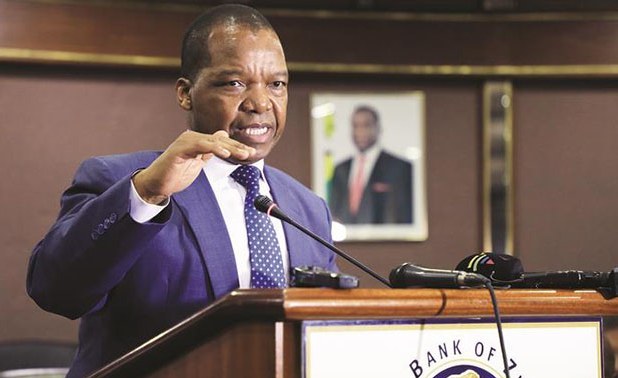Continued Reforms to Boost Macro-Economic Stability in Zimbabwe
Zimbabwe’s economic growth is projected to slow to 3.5 percent in 2024, a decrease from 4.5 percent in 2023, as agricultural output is expected to suffer from depressed global growth and the predicted erratic and below-average rainfall caused by the El Niño weather pattern, according to the fourth World Bank Zimbabwe Economic Update (ZEU) launched today.
According to the report, titled Electrifying Growth Through Reliable and Universal Energy Access, Zimbabwe’s economy has seen a strong rebound since the COVID-19 pandemic, making it one of the fastest-growing economies in the Southern African Development Community (2021, 2022, and, so far, in 2023). In previous years, Zimbabwe faced increased global turmoil, while expansionary monetary policy has put initial pressure on inflation and the exchange rate. Yet, since June 2023, the Government proactively tightened monetary policy to bring down inflation and the parallel market premium. It also extended the use of US dollars as legal tender until 2030, further reducing policy uncertainty.

The ZEU finds that while Zimbabwe’s economic outlook appears moderate, it reflects continued global headwinds, structural bottlenecks, weather-related shocks, and price and exchange rate volatility. Prolonged global turmoil could result in a slowdown in global output, reduced trade and investment, increased volatility in commodity prices, and supply disruptions. Moreover, fiscal pressures may result in an expansionary economic policy. This could increase economic volatility, impacting private sector activity and growth. Climate change shocks may also lower economic output, particularly in the agriculture sector. Continued economic reforms will be essential to mitigate these risks, including fiscal adjustment and rebuilding foreign exchange reserves.
Read also : Fawry Partners with Hulul and WideBot to Boost SMEs Through Innovative Fintech Solutions
“To sustain economic growth, Zimbabwe must continue tackling its macroeconomic challenges. Addressing price and exchange rate volatility and public debt arrears will support economic growth and job creation. This will help the country address the poverty, vulnerability, and food insecurity rates, which remain high,” said World Bank Country Manager Eneida Fernandes.
The ZEU’s special chapter on the energy sector shows that, despite some recent achievements, the electricity sector still faces major challenges, with power outages of 12–14 hours a day. The report estimates that power shortages cost the country a total of 6.1 percent of GDP per year, comprising 2.3 percent of GDP in generation inefficiencies and excessive network losses, and 3.8 percent of GDP on the downstream costs of unreliable energy.
Read also : Fawry Partners with Hulul and WideBot to Boost SMEs Through Innovative Fintech Solutions
The ZEU provides the World Bank’s perspective on recent economic developments and outlook and discusses macroeconomic issues facing the country. The ZEU features a special chapter on the energy sector, which looks at recent developments and ways to attain the country’s target to ensure reliable energy and expand electricity services to most of the population by 2030. Economic Updates are a standard World Bank tool for macroeconomic and fiscal monitoring, the 2023 ZEU reviews developments in 2023 and emerging trends in 2024.
Kelechi Deca

Kelechi Deca has over two decades of media experience, he has traveled to over 77 countries reporting on multilateral development institutions, international business, trade, travels, culture, and diplomacy. He is also a petrol head with in-depth knowledge of automobiles and the auto industry

